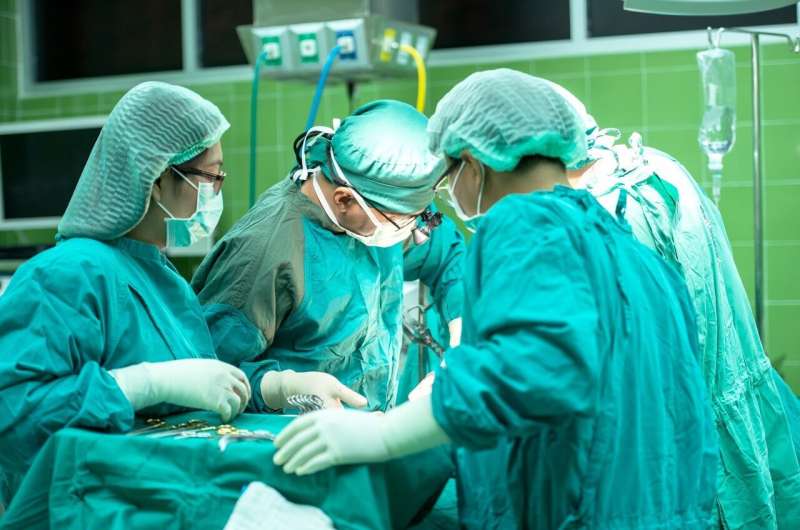Infant Immune Response to Severe COVID-19 Differs Significantly from Adults

A groundbreaking study reveals that infant immune systems respond to severe COVID-19 in ways that differ markedly from adults, highlighting the need for age-specific healthcare strategies.
Recent research conducted by a collaborative team of scientists from St. Jude Children's Research Hospital, The Jackson Laboratory for Genomic Medicine, Weill Cornell Medicine, Nationwide Children's Hospital, Icahn School of Medicine at Mt. Sinai, and Yale University has shed light on the unique immune responses of infants hospitalized with severe COVID-19. The study reveals that infant immune systems react differently to the virus compared to older children and adults, with distinct cellular and molecular patterns observed.
The researchers analyzed immune cells from infants aged a few weeks to 16 months, classified according to disease severity—mild, moderate, or severe—and compared these findings to immune profiles from healthy infants and previously published adult data. They discovered that while monocytes (a type of white blood cell) from infected infants showed some similarities to adult cases, key differences were notable in T and B lymphocytes. Infants exhibited a higher number of CD4 T cells and showed activation of these cells, despite being largely naive and unexposed to infection. Moreover, their T and B cells expressed high levels of interferon-stimulated genes, indicating a strong antiviral response.
Interestingly, many infant immune cells simultaneously exhibited elevated levels of interferon responses and inflammatory cytokines, a coexistence that contradicts the typical balance observed in adult immune systems. This dual upregulation suggests a complex immune activation process, potentially contributing to disease severity. The study employed advanced single-cell RNA sequencing techniques to elucidate these immune features at an unprecedented resolution, correlating the severity of illness with higher interferon and cytokine activity.
Another significant finding was that infants generated robust antibody responses to SARS-CoV-2 even at a very young age, including within a few weeks of birth. Unlike adults, pre-existing maternal antibodies against non-SARS coronaviruses did not prevent infection, highlighting the infants' active immune capabilities. The absence of anti-interferon antibodies, which have been linked to severe adult COVID-19 cases, further underscores differences between infant and adult immune mechanisms.
Overall, this study underscores the critical need to understand infant-specific immune responses to COVID-19 to improve protective strategies. It suggests that the infant immune response involves a complex interplay of activation signals that may influence disease outcomes. Ongoing research is essential to devise targeted interventions that can better shield this vulnerable population during ongoing and future pandemics.
This innovative research was published in Nature Communications and emphasizes the importance of tailored studies to grasp the nuances of infant immunity in the context of COVID-19. For more detailed information, visit source.
Stay Updated with Mia's Feed
Get the latest health & wellness insights delivered straight to your inbox.
Related Articles
AI Model Forecasts Postoperative Infection Risks to Improve Patient Care
A new AI tool developed at Leiden University can predict the risk of infections in postoperative patients, helping clinicians to provide timely care and improve patient outcomes.
Innovative Bee-Inspired Microneedles Enhance Drug Delivery and Minimize Discomfort
A novel bee-inspired microneedle technology promises pain-free, long-term drug delivery, transforming treatment for chronic diseases with safer and more comfortable patches.
Innovative Dental Floss Method Enables Needle-Free Vaccine Delivery
Scientists have developed a novel needle-free vaccine method using dental floss infused with vaccine components, promising a simpler and more accessible immunization approach. This innovative technique leverages the permeability of gum tissue and has shown successful immune responses in mice, with potential for human application.
New ESC/EACTS Guidelines Enhance Management of Valvular Heart Disease
The ESC and EACTS have published updated guidelines for valvular heart disease, emphasizing minimally invasive treatment options, multidisciplinary care, and advanced imaging techniques to improve patient outcomes worldwide.



